Lego Bonsai review: a zen build with lots to offer
The new Lego botanical sets sure look pretty, but what are they like to build? Find out in this detailed bag-by-bag review. Spoiler: frogs.
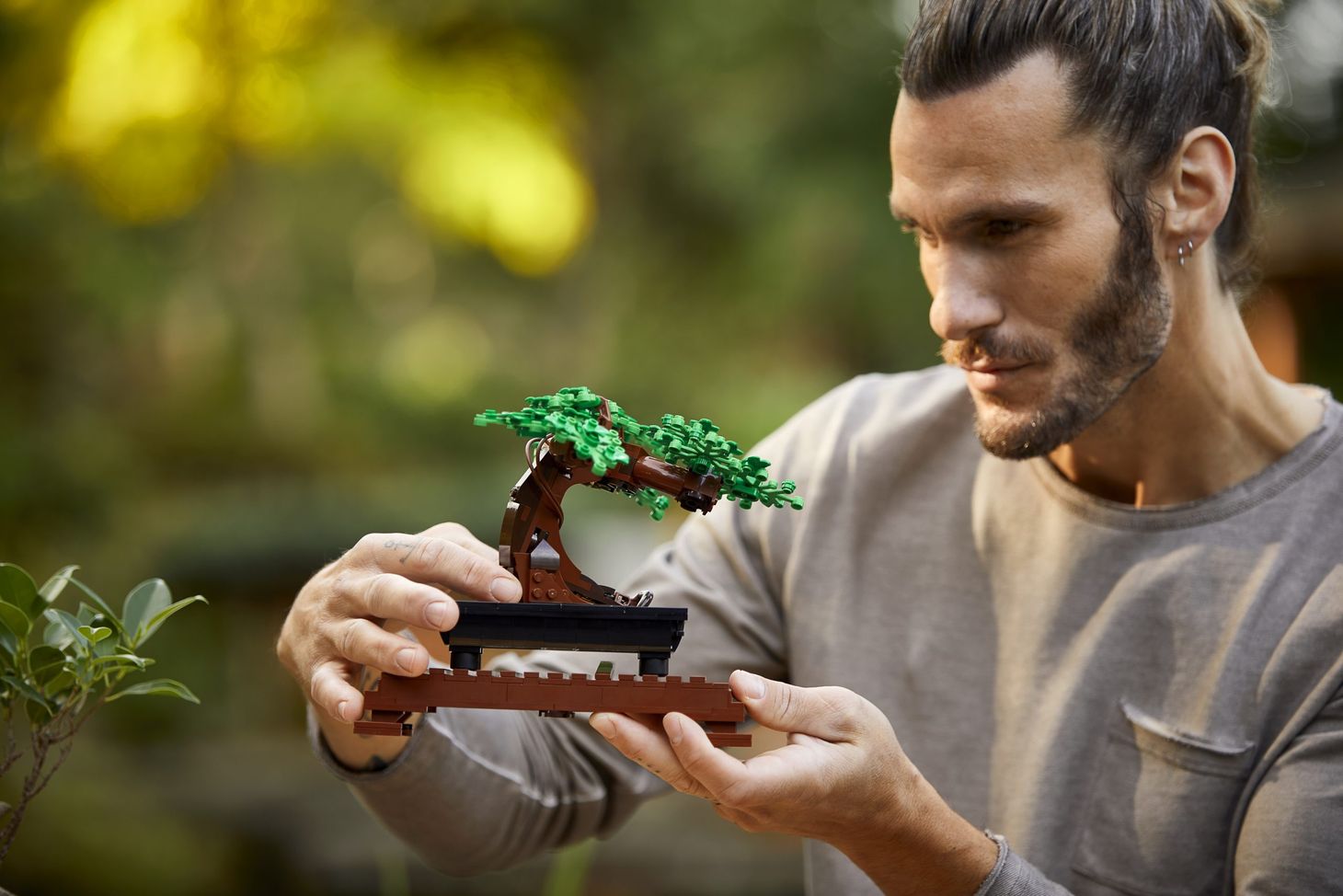
With the new sets in 2021, Lego is continuing to embrace adult fans of Lego, with not just new Art sets, but also the new Botanical Collection. As a massive Lego fan, obviously I jumped at the chance to review both of the new sets. First up is the Bonsai Tree 10281.
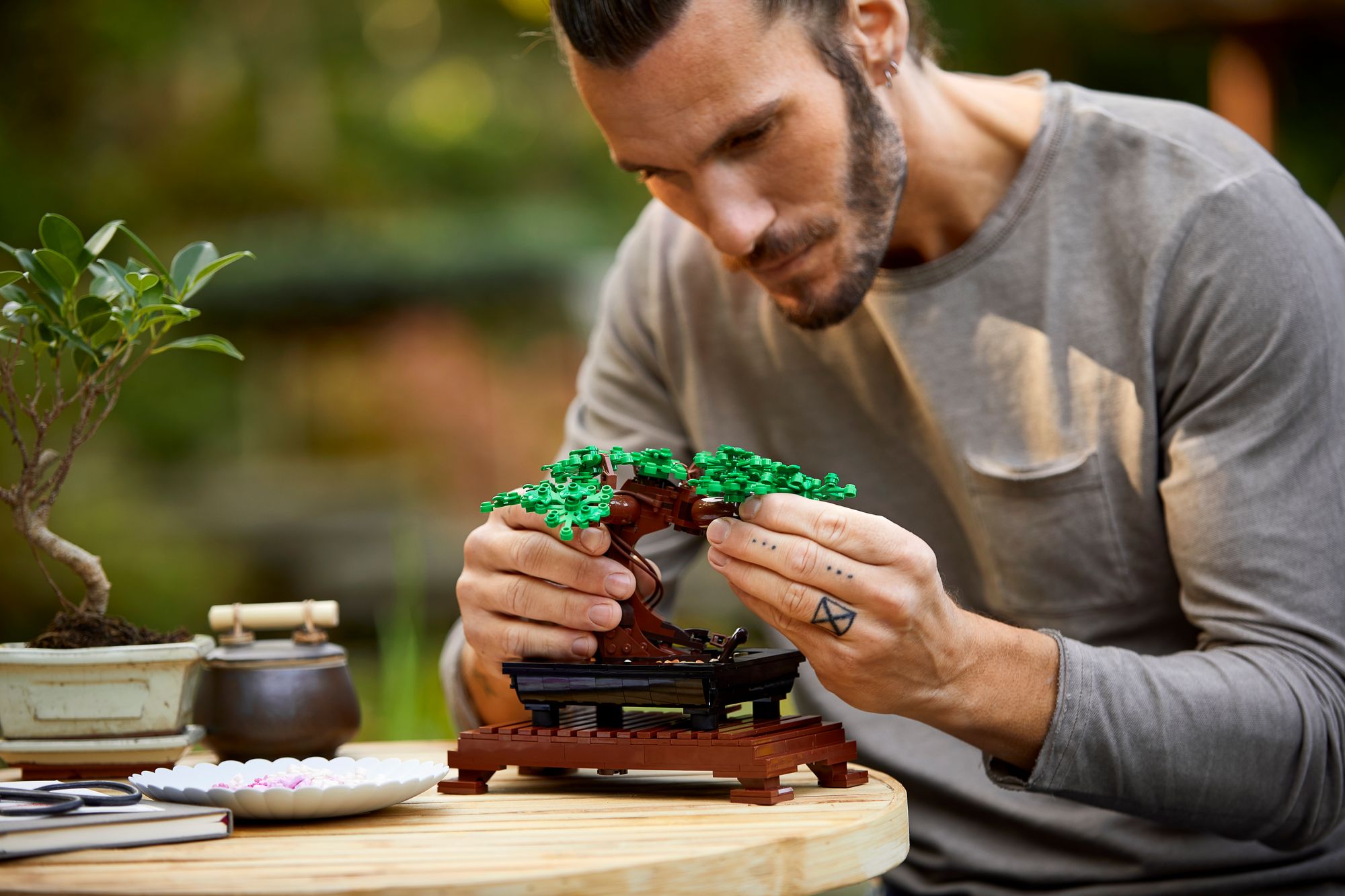
I grew up up the road from a family that specialised in bonsai, and got to see just how intricate and incredible these plants are when tended to over years. Recently, Karma and I discovered for ourselves just how hard it is to keep these suckers alive, so perhaps it's better to enjoy this beauty in Lego form.
This set was created by a Lego designer from New Zealand named Nicolaas Vás, who started specialising in Lego bonsai after making a small one for one of his Ninjago sets. A cool fun fact is that Lego has started making all their plant elements out of actual plants as part of their journey to sustainability, which is just nifty.
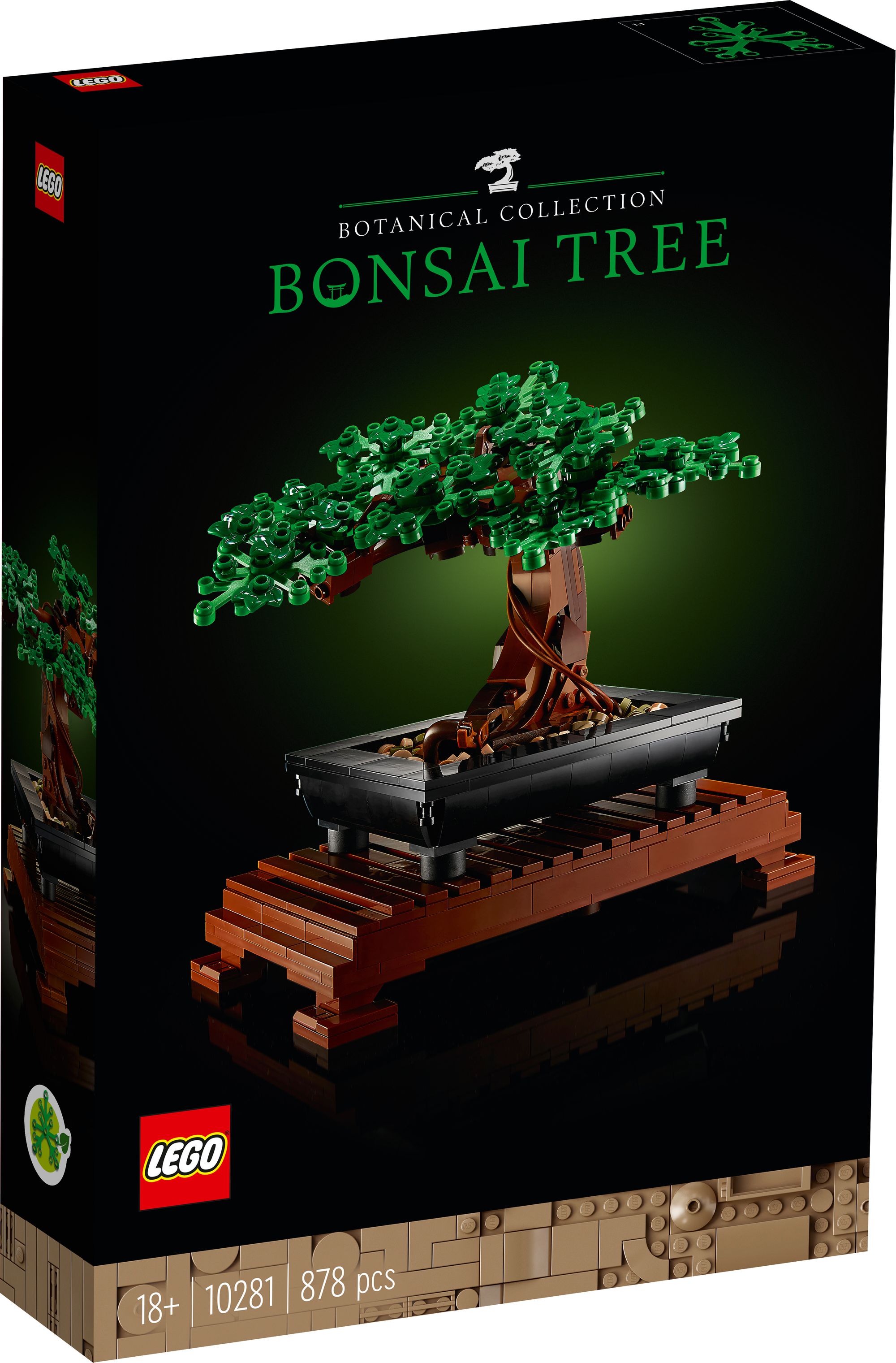
The set contains 878 parts in 6 bags spread over 6 steps. All the bags are just the right size to be built on an Ikea try without having to resort to little bowls, which is always nice for those of us who don't have dining tables and like to build in front of the TV.
Bag 1 took about 10mins to build and made a nice and solid, if simple, pot for the bonsai to eventually live in. I really like the use of tyres as the feet for the base, because it's both non-slip and a nice repurposing of a part you don't normally see in this kind of set.
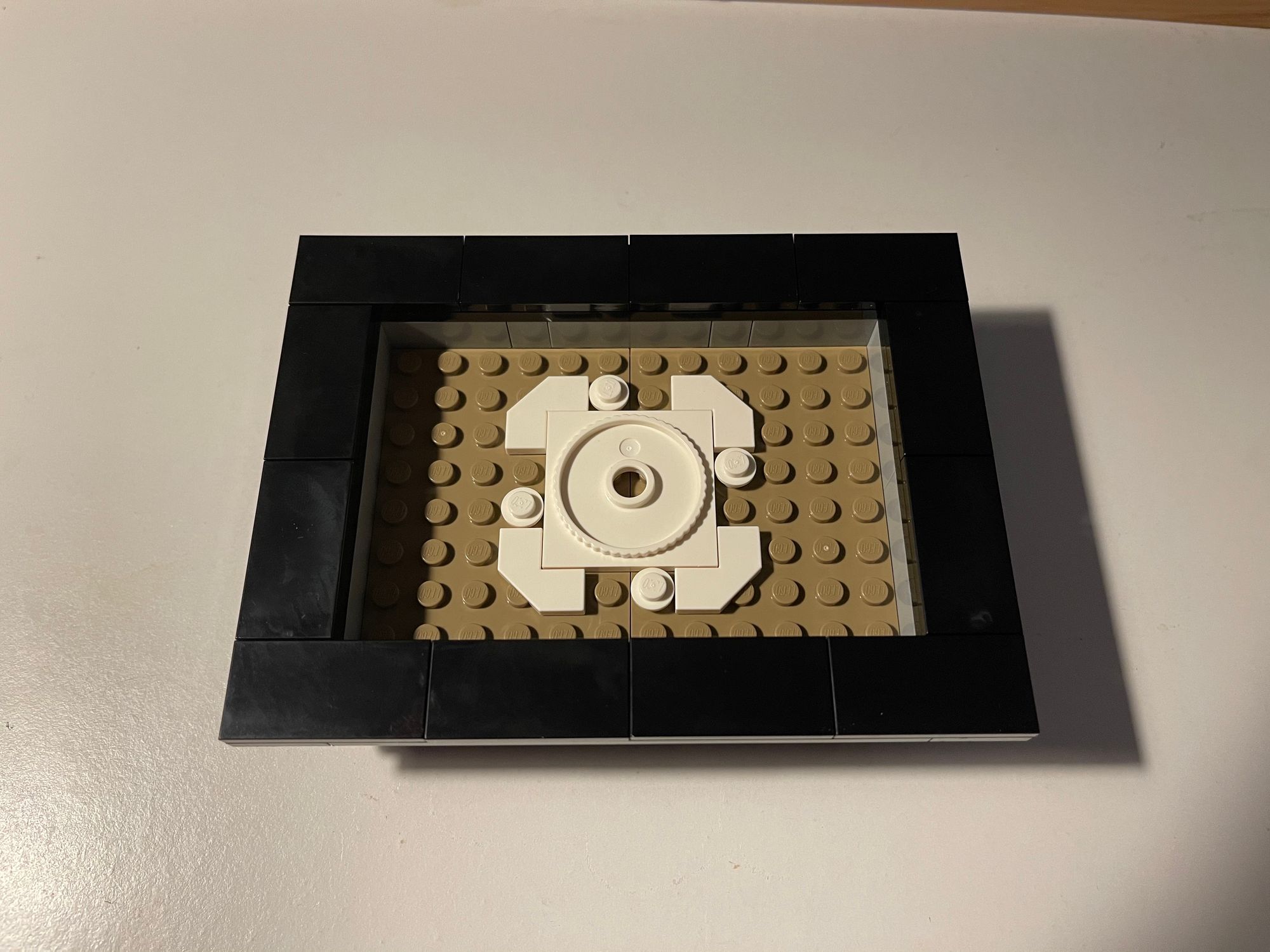
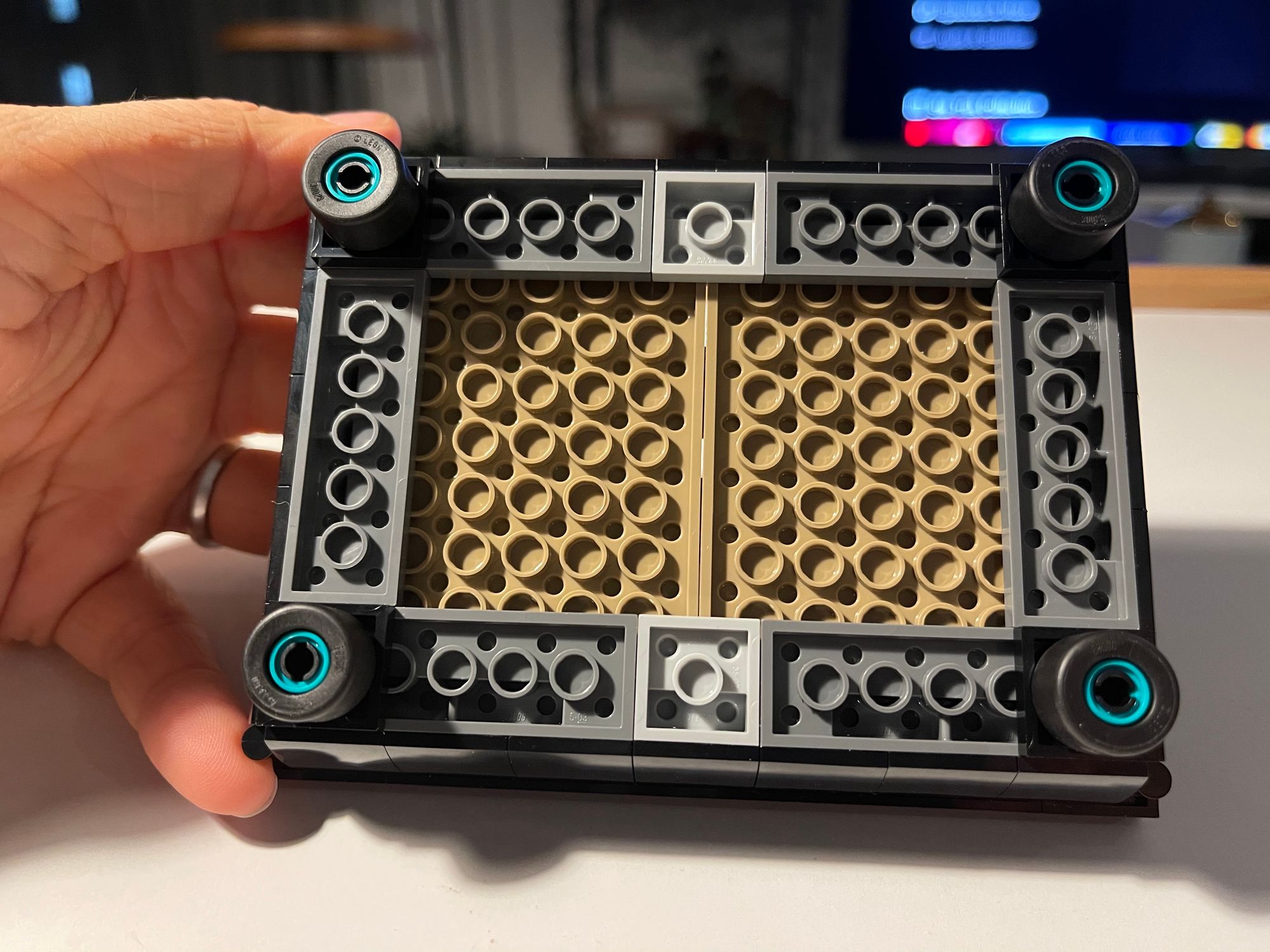
Bag 2 took 20 minutes and used a lot of really interesting techniques to get all the angles. This clearly isn’t a set to be played with, but a sculpture to be admired, and as such it’s fiddly as hell and doesn’t have to be solid enough to withstand play. There are lots of new elements, including the vines, which are used to striking effect.

Bag 3 is 200 earth-toned dots. When I saw the bag I originally assumed it was going to be extremely detailed work of putting knots and things onto the trunk.
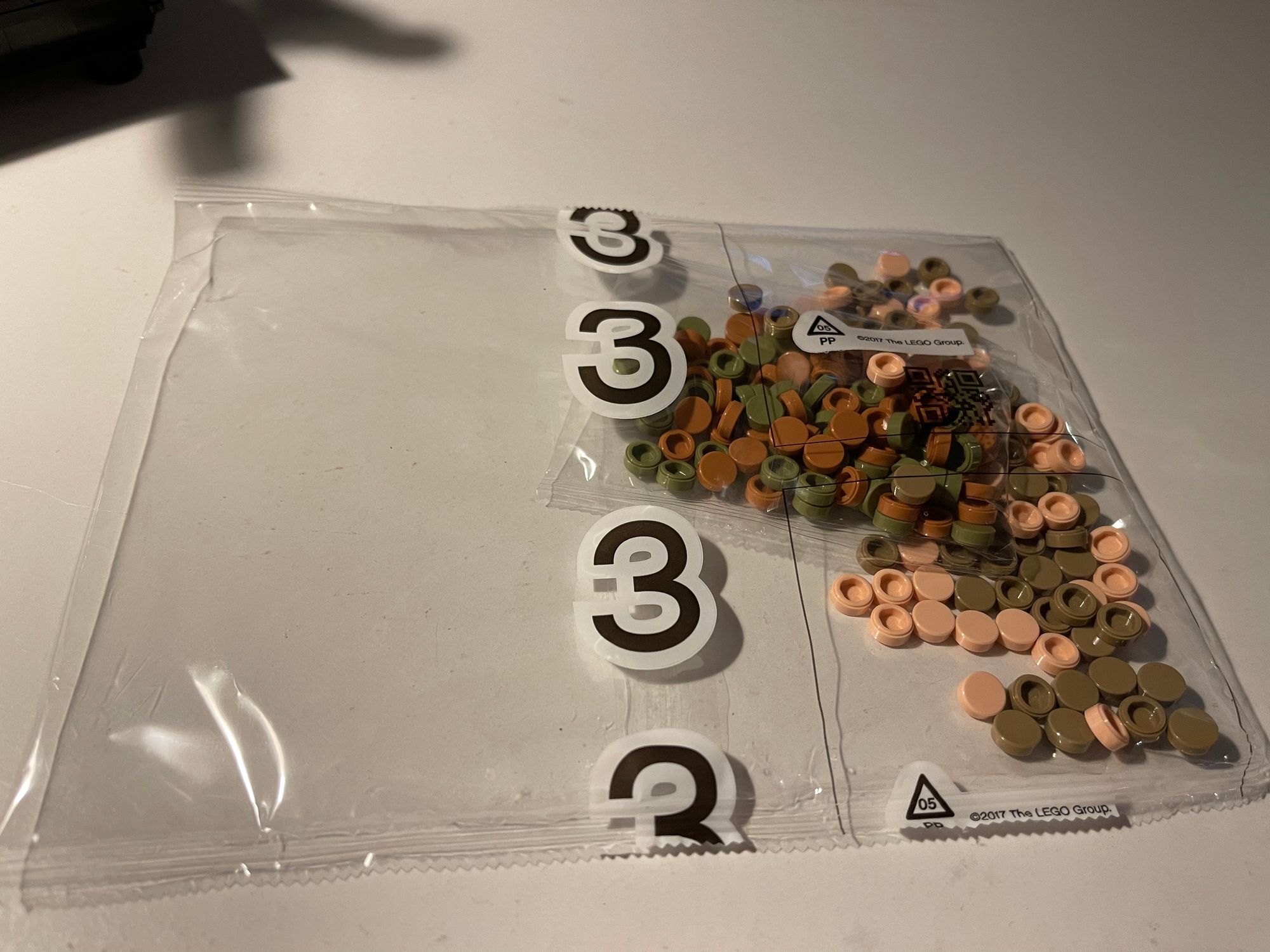
Not so much. It turns out that you shake around all the dots in the bag and then pour into the pot to stand in for stones. You’re going to want to be extremely sure you’ve got the trunk in the right spot, because there’s no taking it back now. Also make sure you shake the bag well, because all those pieces need to get very mixed up to look good. This whole step took around a minute and the result looks fantastic.

Bag 4 is all the green parts for the green leaves. I decided to do it in the opposite order, because I thought I would prefer to display the green leaves over the pink.
Onto Bag 5. According to the instructions, at 101 frogs this set has more frogs than any other set. I believe that. It is too many frogs. The instructions don’t use all the parts, and encourage you to get creative. It’s a cool idea, and works from a distance. But the frogs are weird and detract from the otherwise delicate look of the tree.
I get that frogs are the designer’s signature. But the frogs should have been used more sparingly, or he could have just stuck with the brown frog on the trunk. It took about 25 minutes, but that included being distracted by the Four Weddings TV show (which is a story for another time). The frogs are too out there to look like cherry blossoms and work as a regular bonsai, and also not out there enough to be truly avant garde. They’re stuck in an awkward middle place.
What's more is that it's all just a bit fiddly: I would recommend putting the frogs on the leaves before putting the leaves on the branches, which will make the process less frustrating.
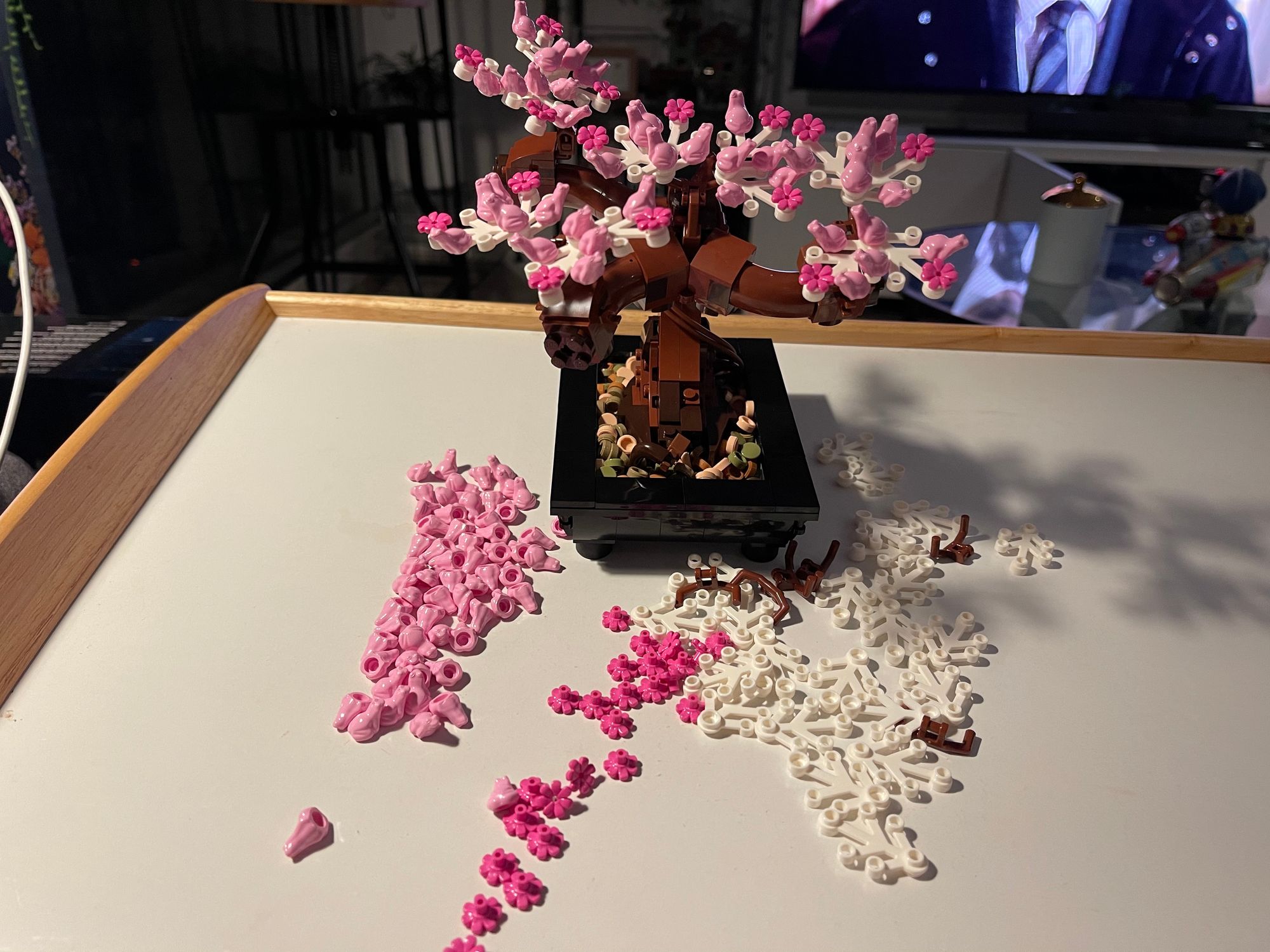
Bag 4, redux. The green feels a bit perfunctory. It looks nice, but there’s no art to it, and I would have liked more leaves. It looks a little sparse. Nice, but sparse. It would have been good to have gotten more leaves to play with, as you did with the pink. But, alas.
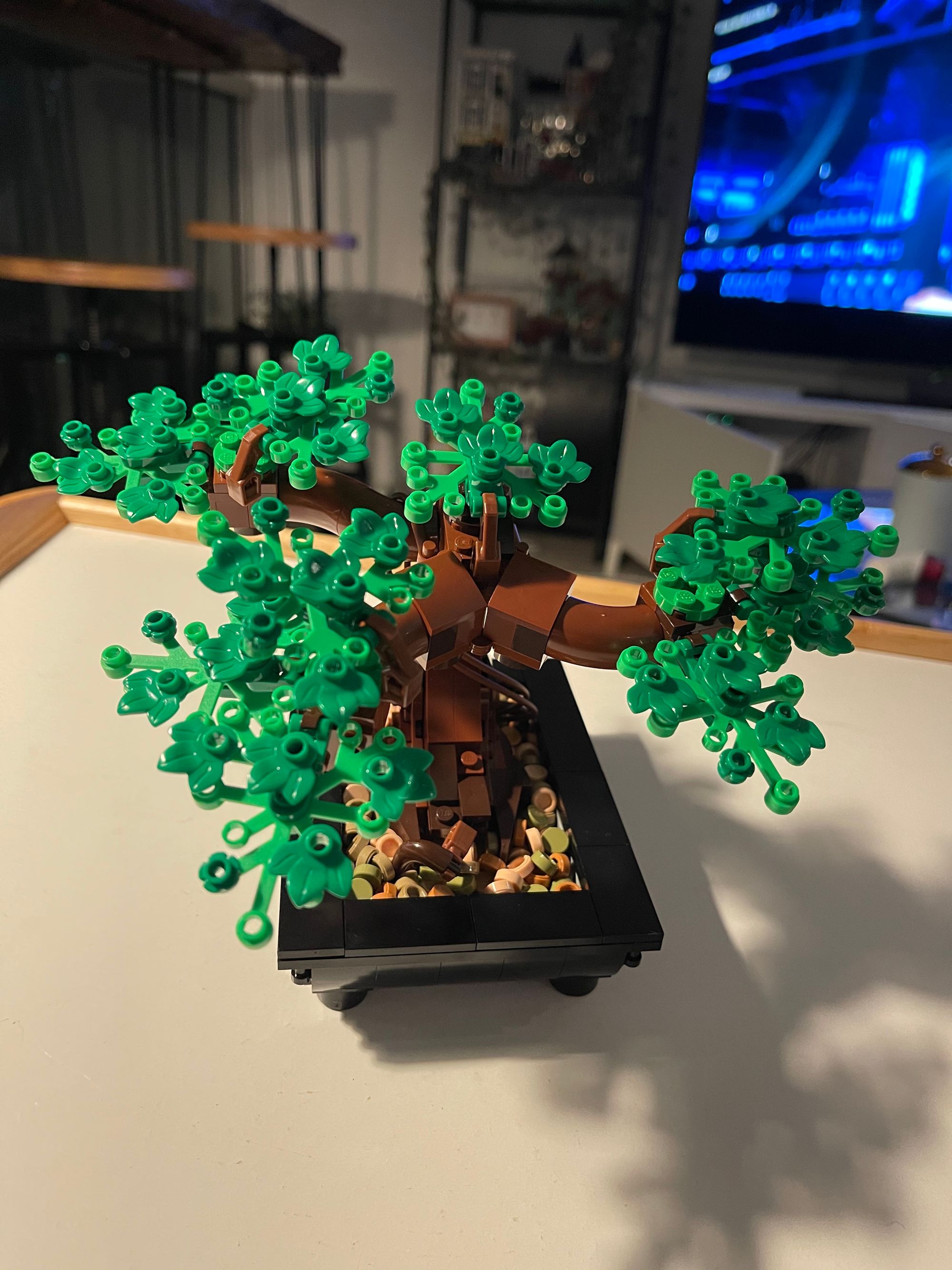
Bag 6 contained the parts for the simple, yet elegant base which elevates the set both aesthetically and literally. It really completes the look and was enjoyable to build.
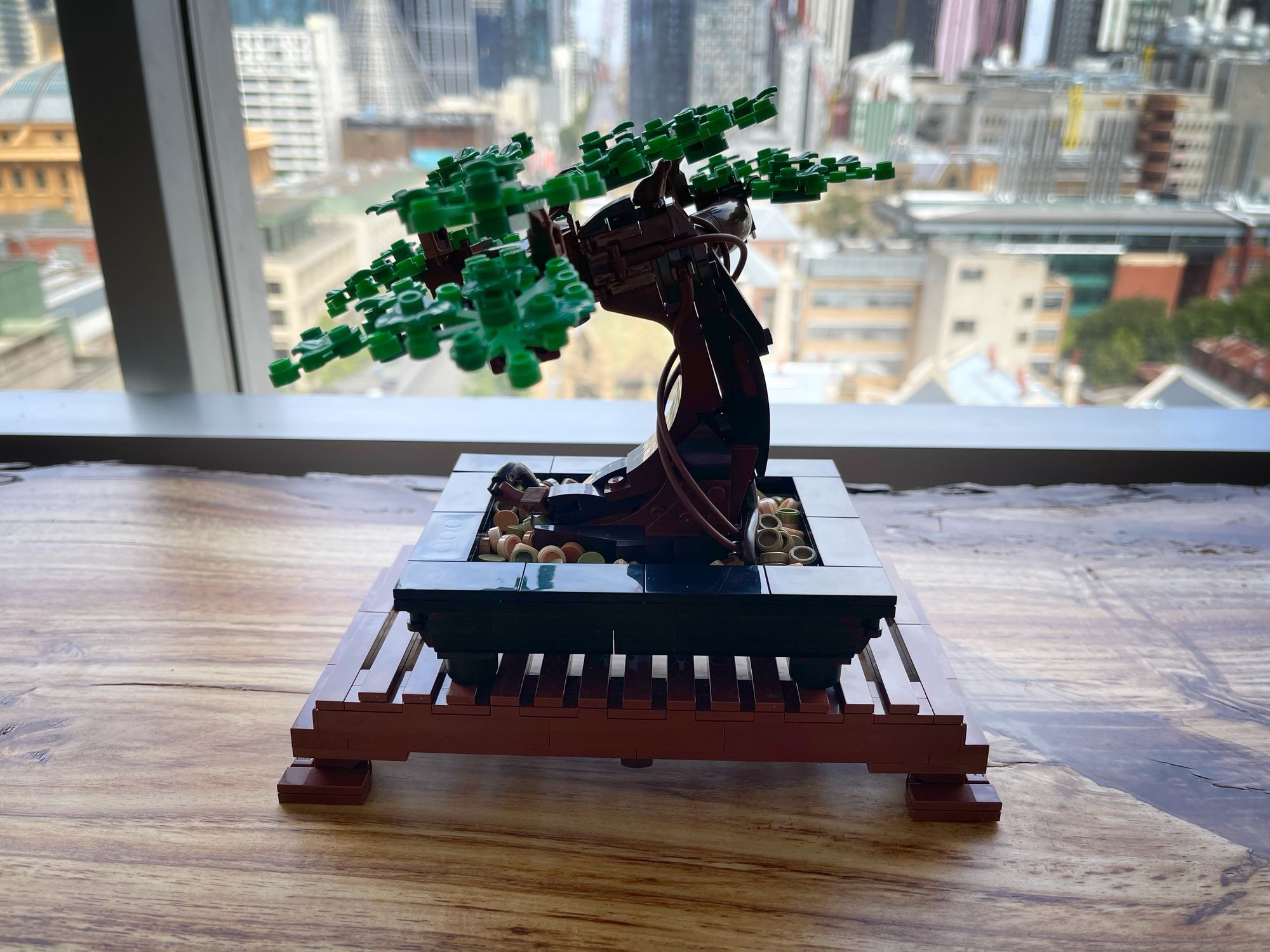
Overall, I really enjoyed this build. It wasn’t quite what I expected, but in the end it’s a beautiful display piece which requires the nimble hands and delicacy of an adult, yet doesn’t take dozens of hours. It’s the perfect way to get into the hobby for anyone who likes the idea of building, but wants something that doesn’t look so toy-like.
Although the front of the box says it's got 878 pieces, you're really not building an 878 piece model. 200 of those pieces just get poured into the base, and a further 101 of them are pink frogs.
I still think the frogs are dumb. But the trunk is really just a blank canvas, and once you’ve built the spring and autumn leaves you can then use the pictures at the back of the booklet as inspiration to make either beautifully realistic bonsai, or something deeply weird and cool.
All up, I would recommend it to bonsai aesthetic-enjoying adults no matter their Lego skill level. It truly is a beautiful set.
Byteside Newsletter
Join the newsletter to receive the latest updates in your inbox.


